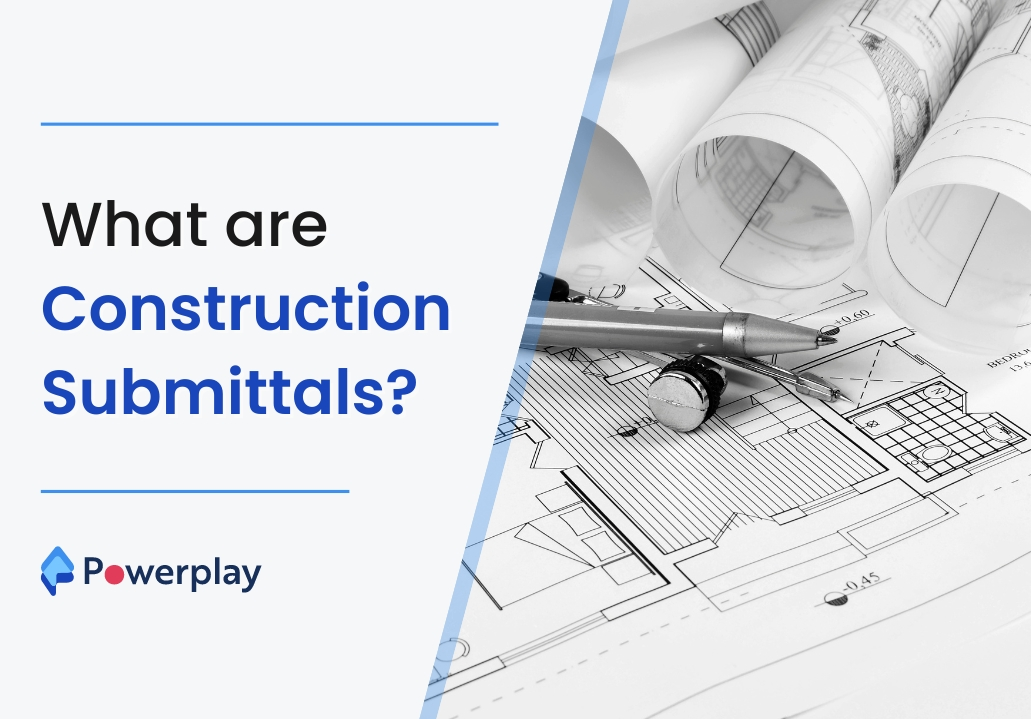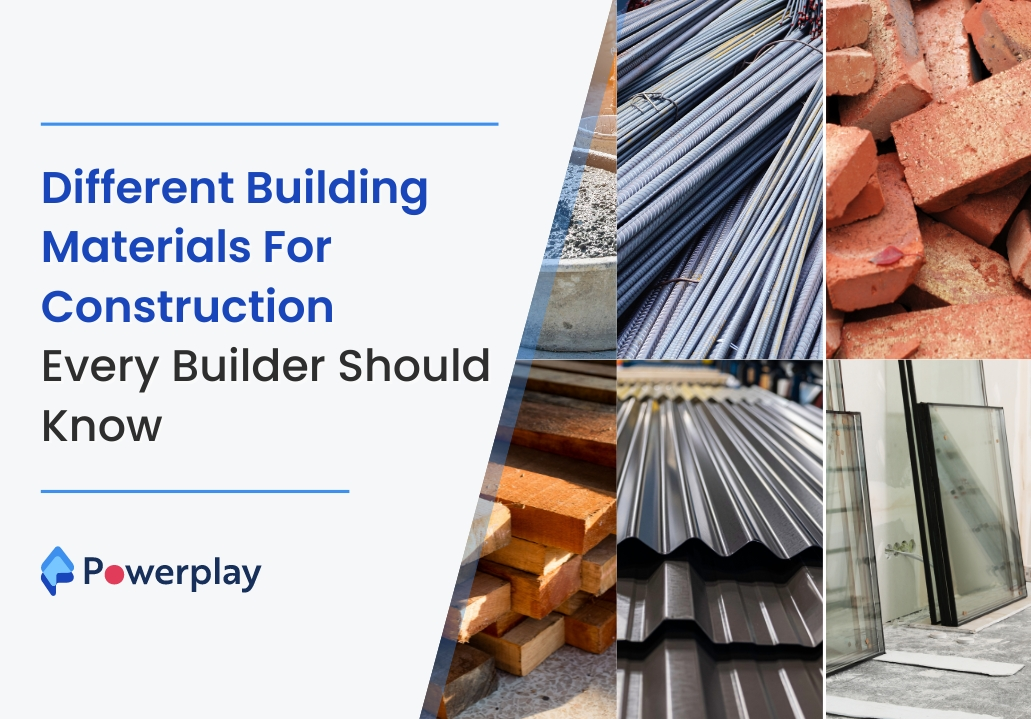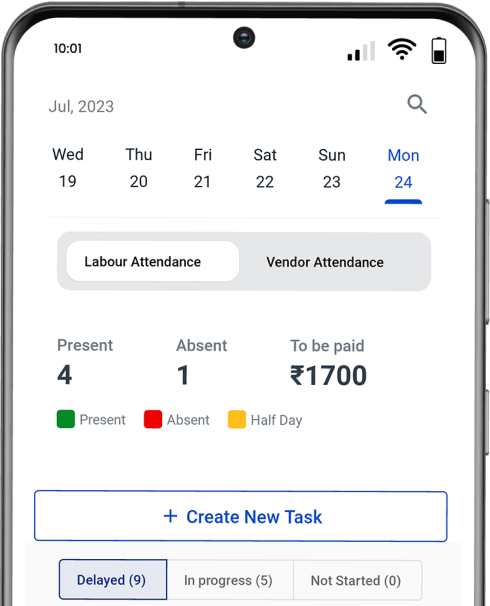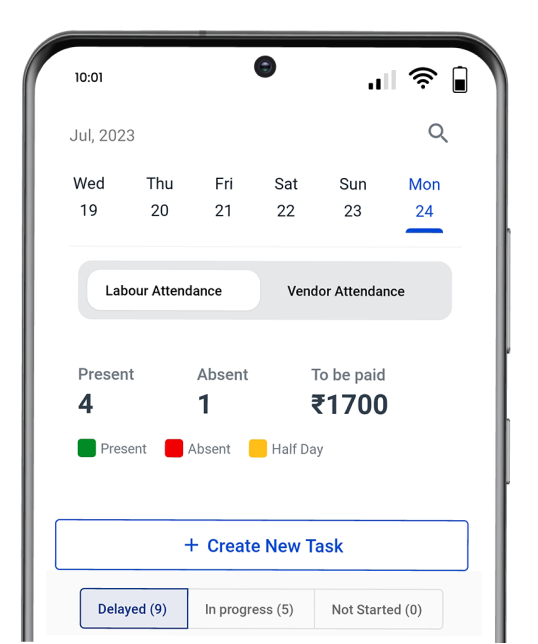What is Commercial Construction?
-
Kumar Abhishek Anand
- October 23, 2023
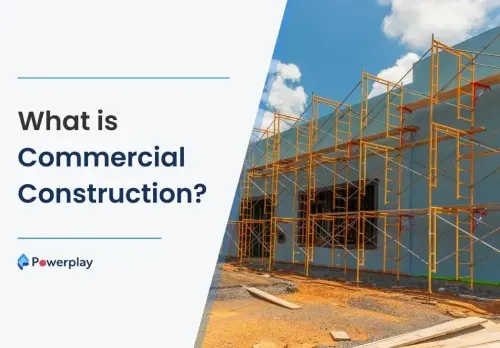
Today, if a structure isn’t distinctive in its appearance, it may not be sold at an attractive price which is why it is crucial for building contractors to make commercial structures in a way that makes them attractive.
In the current era of competitiveness, everybody wants to be over others. Therefore, if you cannot attract investors with your infrastructure, you could be in financial trouble. Your valuable time and amount of money you spend will be worth it in the final.
When beginning a construction venture, it is vital to determine how reputable and respected the construction company is. The primary requirement is that the firm is experienced and has a good relationship with highly skilled workers.
What are the types of Commercial Construction?
Commercial construction projects could be small-scale, medium-scale, or large-scale in their size. They consist of everything from office buildings to high-rise structures found in cities of major importance.
Commercial construction is designed to lure investors into investing in hotels, restaurants, or offices. Therefore, it is essential to be aware of the plan and layout of the construction site.
Their responsibility is to create commercial structures and then offer the structures to the market for purchase. They are:
a. Small-scale Construction
The small-scale work involves treating sewer systems and re-designing and renovating buildings’ exteriors and interiors. These projects are less lengthy and require less equipment and personnel.
b. Medium-Scale Construction
Medium-scale construction involves rehabilitating spaces, expanding the area, and building from scratch. The projects are more complicated than smaller-scale ones, such as adding stories to the structure. That means that projects can be a long time to year to finish.
c. Large-Scale Construction
Large-scale construction projects create hotels, airports, hotels, government buildings, roads, and skyscrapers. Large commercial development companies, as well as government agencies, finance this type of “megaprojects.” Teams of large size employ heavy equipment to build many stories and construct vast land areas. The long-term projects could be a long time to finish.
Commercial construction Process
Private companies carry out commercial construction projects since the principal goal of this venture is to make the most profits. Therefore, the client will contact some contractors and undertake a thorough investigation which will allow them to select the most suitable contractor for their project. Finally, the construction project is assigned, and the construction begins after bidding.
The bidder with the most reasonable prices is awarded the contract and goes on to the construction. Therefore, all bidders compete with the other bidders to offer the most affordable prices.
Commercial construction demands the use of a lot of skills and expertise. There needs to be plenty of communication with the customer since you must understand the client’s actual needs. It is important to consider the viewpoint of the client. So customer satisfaction is the key word in all commercial construction projects.
Method of Commercial Construction
The method of commercial construction includes four major aspects:
a. Design
The cost of the project is the most important aspect. It will give a clear picture of the client’s requirements by providing an estimated cost for the project.
b. Style
The client must have an idea of the result of the construction. The client is shown an image of the building to determine if they agree the project will not be possible to proceed with the plan.
c. Construction
This is perhaps the most crucial aspect because once the construction is started, the client must be aware of the budget and ensure that there aren’t any unneeded expenditures. It is also important to ensure that the construction is carried out systematically and is running according to the timetable.
d. Final Outcome
When your project has close to the end of the project, you need to offer the client an opportunity to tour the building so that they can inspect it thoroughly. After that, they’ll make the final decision, and you will transfer the building to the customer.
What’s the construction Bidding Process?
The construction bidding process operates by having multiple developers submit bids for construction contracts. Bids are prepared by using template templates for construction bids or software for construction bidding to make proposals. These bids include budgets, blueprints of the building material line items, and timetables projected for the future. Weather and time are also thought of since they could be two of the costliest elements of the budget.
What’s included in the Building Bid Template?
Construction bid templates contain spreadsheets for line items and documents detailing the scope of work. These documents provide estimates for projects, including timelines and budgets, and estimated materials costs.
For instance, an item for plumbing lines sheet can be broken down to provide the bathroom drains, materials and bathrooms employed.
You can download printable and free bid templates online or via software, such as Microsoft Office 360.
How do Commercial Construction Loans Work?
Construction loans pay for the cost of developing land, equipment rentals, materials, and labor. If approved, the money is disbursed in regular increments. Contractors must estimate enough funds to cover the soft costs, such as site inspections. Successfully passing site inspections is essential for obtaining loan funds and completing the project.
Commercial construction is done in order to earn money by selling properties for sale to private buyers. It requires lots of planning in order to convince a client to buy the property. The most crucial aspect for any reputable commercial construction firm is maintaining a friendly connection to other construction companies. The burden is on the contractor ensure that the work process is efficient and that the amalgamation of both external and internal relationships is essential to ensure the success of the work.
Share
Kumar is a digital content professional with more than 2 years of experience in Blog writing, copywriting and scripting. His passion lies in the art of creating convincing content that plays a major role in converting leads for SAAS businesses.




